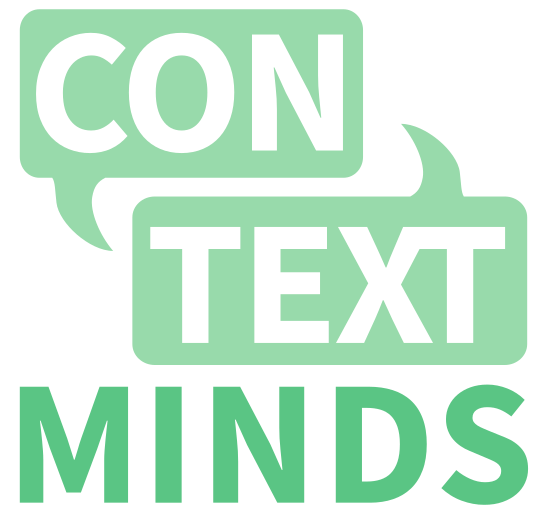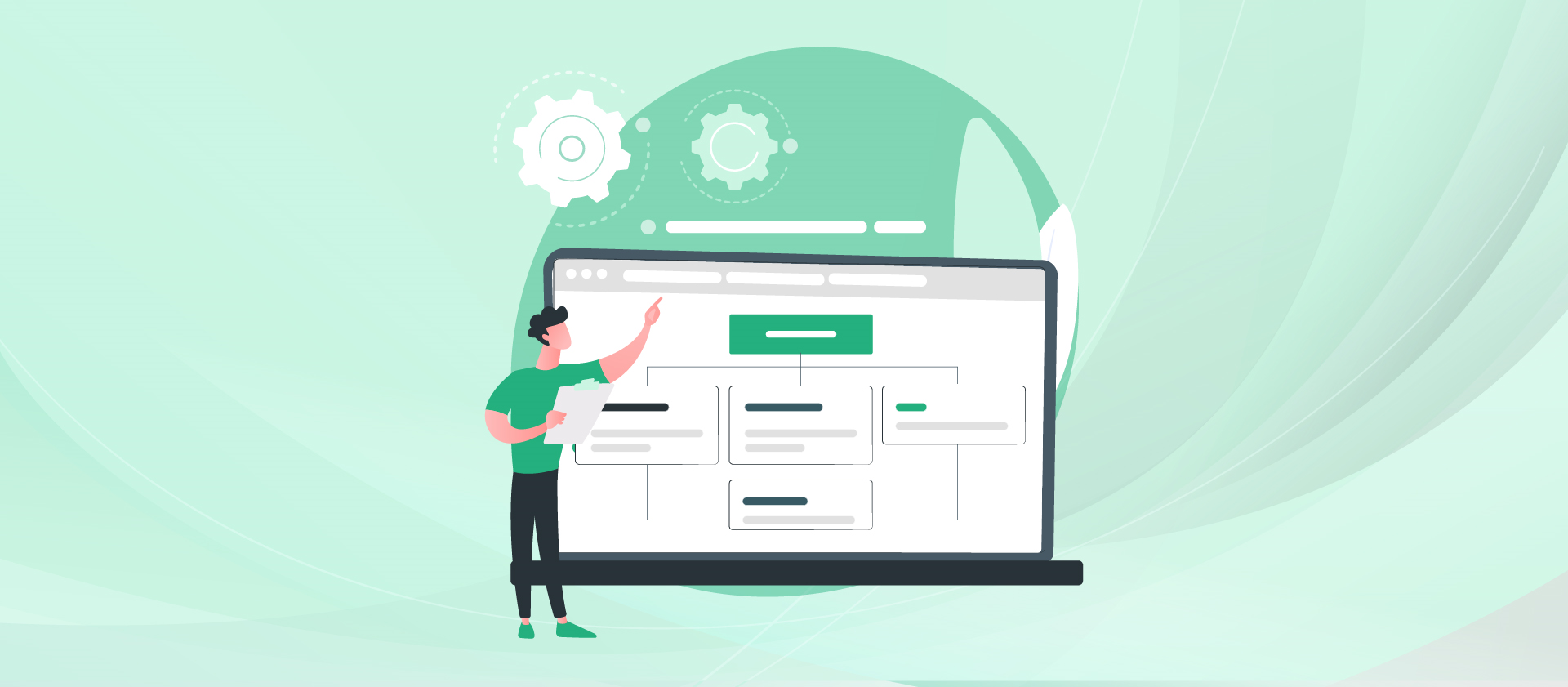From Start to Finish: A Comprehensive Dive into the Content Mapping Process.
Ever felt overwhelmed juggling spreadsheets, manually aligning content, and deciphering the true needs of your audience? You're not alone. This is the chaotic world of traditional content mapping that many content strategists grapple with.
So, what exactly is content mapping? At its core, it's a strategic process where content is tailored and aligned to different stages of your audience's journey. In a digital era bursting with content at every turn, an effective mapping process isn’t just a fancy addition to your strategy; it’s the backbone that ensures your content reaches the right person at the right time.
But, as you might've guessed, it’s not always sunshine and rainbows. The traditional approach is often filled with challenges. From the cumbersome task of manually sifting through data to the delicate/intricate balancing act of ensuring each content piece fits its intended purpose, it's no walk in the park.
This is where our comprehensive guide to the content mapping process comes in. No more wading through ambiguous advice or half-baked strategies. We've condensed the essence of content mapping into an actionable, comprehensive resource. This isn't just about understanding content mapping but mastering it.
Dive in, and let's make content mapping your most vital asset.
Crafting Your Content Strategy: The Groundwork
A solid foundation for your content strategy is understanding people for whom you are creating it.
Even the most polished content can miss its mark without a deep understanding of who you're speaking to.
The Role of Buyer Personas in Content Mapping
Consider 'buyer personas' as detailed sketches of your ideal customers—their demographics, preferences, challenges, and more. But why are they crucial for content mapping? Simply put, these personas act as your north star. They guide your content creation, ensuring that every article, video, or infographic you craft speaks directly to a segment of your audience. It's like talking to a friend—you know their likes, dislikes, worries, and aspirations. Buyer personas help you recreate this intimacy on a broader scale.
Unearthing Pain Points, Needs, and Content Consumption Behaviors
Understanding your audience goes beyond age brackets and job titles. It requires delving deep into their pain points, understanding their intrinsic needs, and recognizing the patterns in their content consumption. Knowing their challenges allows you to create content that informs and alleviates them. By identifying their consumption behaviors, such as the platforms they frequent and the formats they prefer, you ensure your content is always right where they need it, in a form they love.
In this groundwork phase, it's crucial to remember that every piece of content should serve a purpose and address a specific need. And that purpose becomes crystal clear when you truly understand your audience.
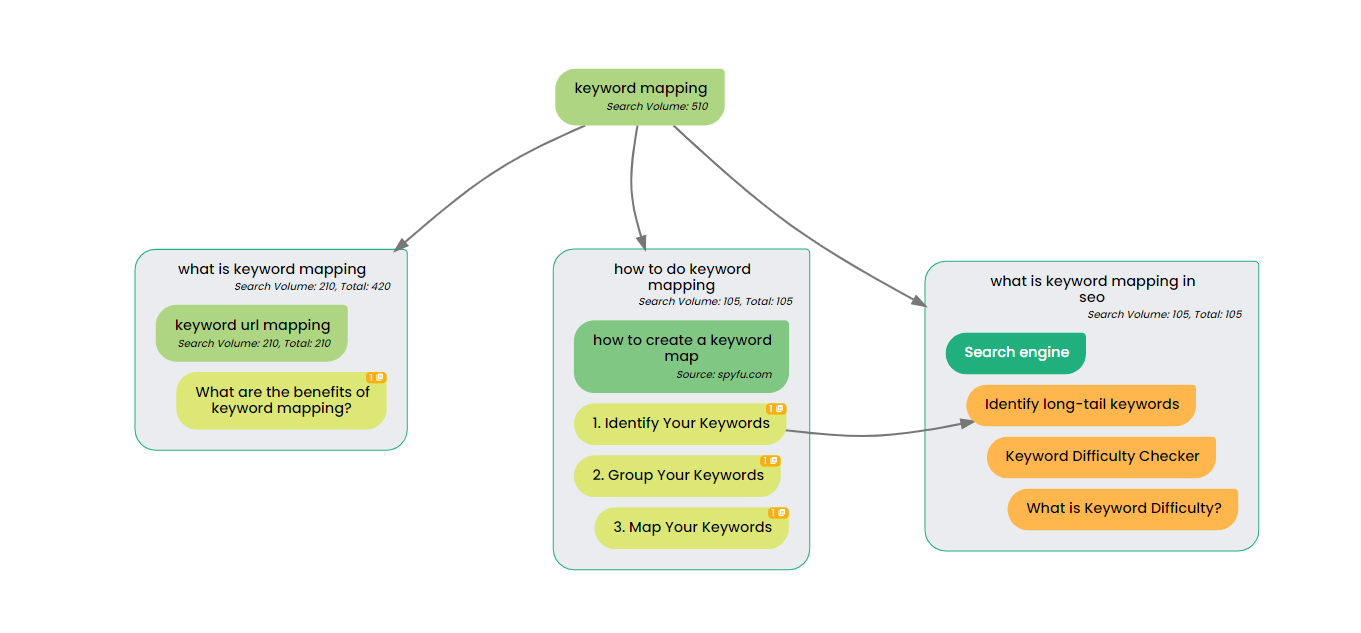
Mapping the Buyer’s Journey: From Awareness to Decision
Every potential customer embarks on a unique journey, moving from initial curiosity to a final decision. By aligning content with each stage, you cater to their needs and queries at every touchpoint. Let’s delve into the nuances of these stages:
Awareness Stage:
The Awareness Stage is all about discovery. Here, potential customers have just become conscious of a problem or a need, but they might not have thoroughly defined it. They're scavenging for general insights and foundational knowledge.
Consider Sarah, a marketing manager. She observes a dip in her website's organic traffic but isn't sure of the cause. For someone like Sarah, introductory content like blog posts on SEO trends or infographics about website user behavior becomes invaluable.
Consideration Stage:
Moving onto the Consideration Stage, the potential customer has now gained clarity on their problem and actively seeks solutions. They're hungry for more in-depth information, weighing different methods and tools to address their concern. Using Sarah as an example, she might now be reviewing through comparison guides detailing various SEO techniques or attending webinars on website design best practices.
Decision Stage:
This is the critical juncture where potential customers, armed with knowledge and possible solutions, are on the verge of deciding. For Sarah, it may mean hiring an SEO expert or considering a complete website redesign. To help her make a confident choice, she needs content like product demos, testimonials, or detailed case studies.
Understanding these stages and mapping content to each phase is pivotal for an enriched user experience. By integrating tools like ContextMinds, marketers not only make content more accessible but also strategically lead users toward their offerings.
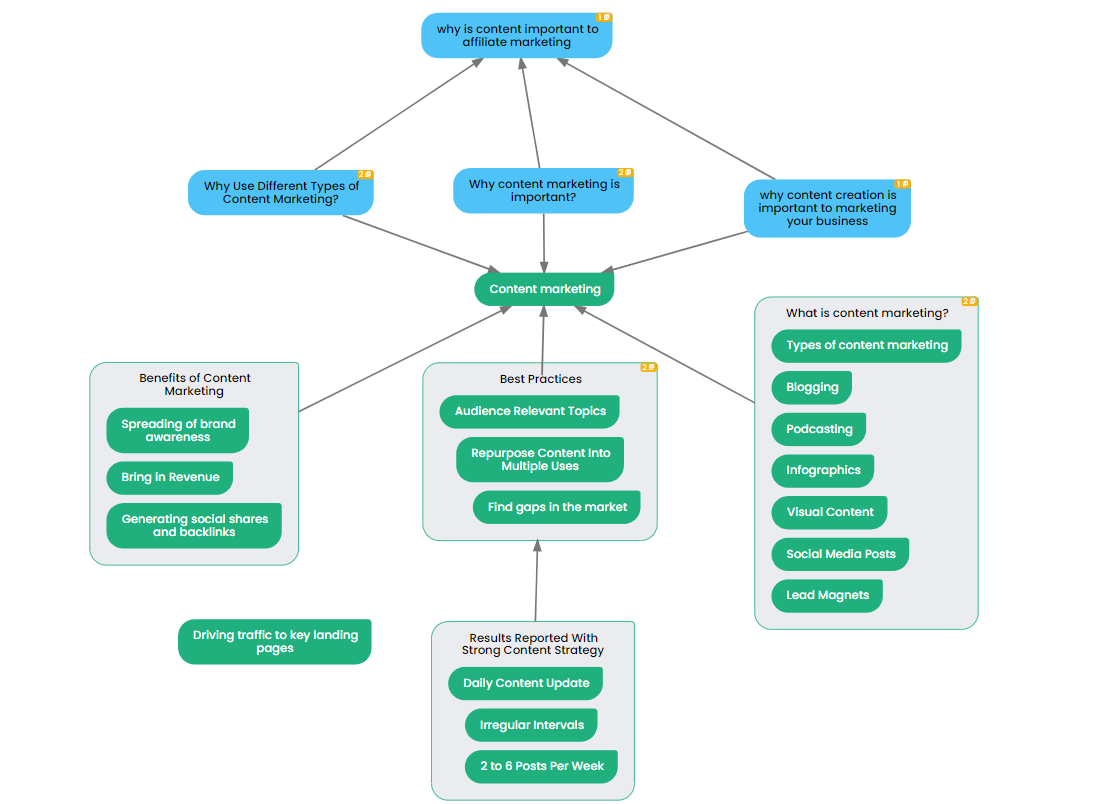
Keywords: The Backbone of Your Content
In the digital age, while crafting meaningful content is vital, ensuring that your content reaches the right audience is equally crucial. This is where keywords come in. These seemingly simple terms and phrases are pivotal in ensuring your content is discoverable, relevant, and effectively targeted to the right audience.
Think of keywords as three distinct layers, each serving a unique purpose. At the surface, we have head keywords. These are broad and often consist of just one or two words, such as "marketing." Due to their comprehensive nature, they face high competition but but can attract significant traffic.
Dive a bit deeper, and you'll encounter body keywords. These 2-3 word phrases are more specific than head keywords but still quite broad. For example, "digital marketing" falls into this category. They strike a balance between the volume of the head keywords and the specificity of the long-tail ones.
The deepest layer consists of long-tail keywords. These are longer phrases that searchers use when they're closer to the point of purchase or employing voice search. Phrases like "best digital marketing strategies for e-commerce" belong to this category. They may not bring in massive traffic, but they often boast higher conversion rates due to their specificity.
So, how do you ensure that you're harnessing the power of these keywords effectively? This is where a tool like ContextMinds truly shines. By simplifying the keyword research process, ContextMinds provides a visual representation of these keywords. It allows you to understand at a glance which terms to prioritize and where they fit into the broader content landscape.
The Power of Visualizing Keywords
Our brains process visuals 60,000 times faster than text. By converting your keyword research into visual maps, visualization aids you in spotting patterns, gaps, and opportunities more quickly than traditional methods. This speeds up your planning process and makes collaboration and strategy adjustment more seamless. With such a visual edge, aligning content with keywords becomes a streamlined and intuitive affair, ensuring that your content always hits the mark.
Practical Steps to Begin Content Mapping
1. Define Your Business Objectives:
Before embarking on your content mapping journey, it is crucial to clearly articulate your objectives. What do you hope to achieve? Are you looking to increase brand awareness, boost engagement, or drive sales? Establishing well-defined goals from the outset ensures that your content strategy remains laser-focused. This way, every piece of content is purposeful and aligned with broader organizational aspirations.
2. Identify Your Target Audience and Create Buyer Personas:
Understanding your audience is foundational to any content strategy. Take a deep dive into the intricacies of your potential customers. Who are they? What are their needs, aspirations, and challenges? Creating detailed buyer personas, which are semi-fictional representations of your ideal customers—can provide invaluable insights, guiding your content creation to better resonate with their unique preferences and pain points.
3. Map Out the Buyer's Journey:
The buyer's journey provides a structured framework to understand how potential customers progress from recognizing a need or problem (Awareness) to actively considering solutions (Consideration) and, finally, deciding on a particular product or service (Decision). By creating content tailored to each of these stages, you ensure that your audience receives relevant and timely information at every step of their journey.
4. Conduct Keyword Research:
In the vast digital landscape, keywords serve as beacons, guiding your target audience to your content. By comprehensively researching and identifying terms and phrases that your audience commonly uses in search queries, you can optimize your content to rank higher in search engine results. Tools like ContextMinds offer robust keyword research capabilities, presenting a wealth of data that can sharpen your content focus.
5. Brainstorm Content Ideas and Align Them with Journey Stages:
With a clear understanding of your audience and their journey, it's time to brainstorm content ideas. Think creatively and diversely—articles, infographics, videos, webinars, podcasts. Consider which format best suits each stage, with your primary aim being to provide value and guide your audience seamlessly from one stage to the next.
6. Use a Tool to Visualize the Content Map:
Visualization brings clarity. With a plethora of content pieces, understanding how each one fits into your overarching strategy can be challenging. Platforms like ContextMinds offer visual content mapping solutions,which allow strategists to easily see where each content piece sits at a glance. This ensures a balanced and comprehensive approach.
7. Review and Adjust Based on Performance Metrics:
Once your content is out there, keeping a close eye on its performance is essential. Are you achieving your objectives? Are there unforeseen engagement gaps? Using analytics tools, periodically review and assess the impact of your content. Based on real-world data, make tweaks and refinements to your strategy to ensure sustained success.
Tools and Best Practices: Navigating the Content Mapping Terrain
Content mapping isn't just about understanding your audience and aligning your strategy; it's also about leveraging the right tools and practices to execute it flawlessly.
One of the main advantages of using tools in your content mapping journey significant increase in efficiency. Instead of being bogged down by spreadsheets or cumbersome manual processes, tools can accelerate the mapping process, letting you focus on strategy.
Moreover, the visualization these tools offer can be a game-changer. It allows for a more intuitive understanding of your content landscape and simplifies any necessary strategy adjustments. Imagine trying to understand a complex puzzle — a visual representation brings clarity, ensuring every piece fits perfectly.
Collaboration, especially in larger teams, becomes seamless with tools in the mix. Having a centralized hub where every member can contribute and view the overarching strategy fosters unity and coherence.
ContextMinds, a visual keyword and topic research tool, can help you gain a more complete picture of your content landscape. It removes the guesswork, offering a clear, visual content map that aligns with your strategy. This platform empowers content strategists to see the bigger picture, ensuring each piece of content resonates with the intended audience and fits within the broader content journey.
In addition, ContextMinds provides real-time insights into trending topics and keywords. This means you're always equipped with data-driven intelligence, ensuring your content remains fresh, relevant, and aligned with your audience's current search preferences.
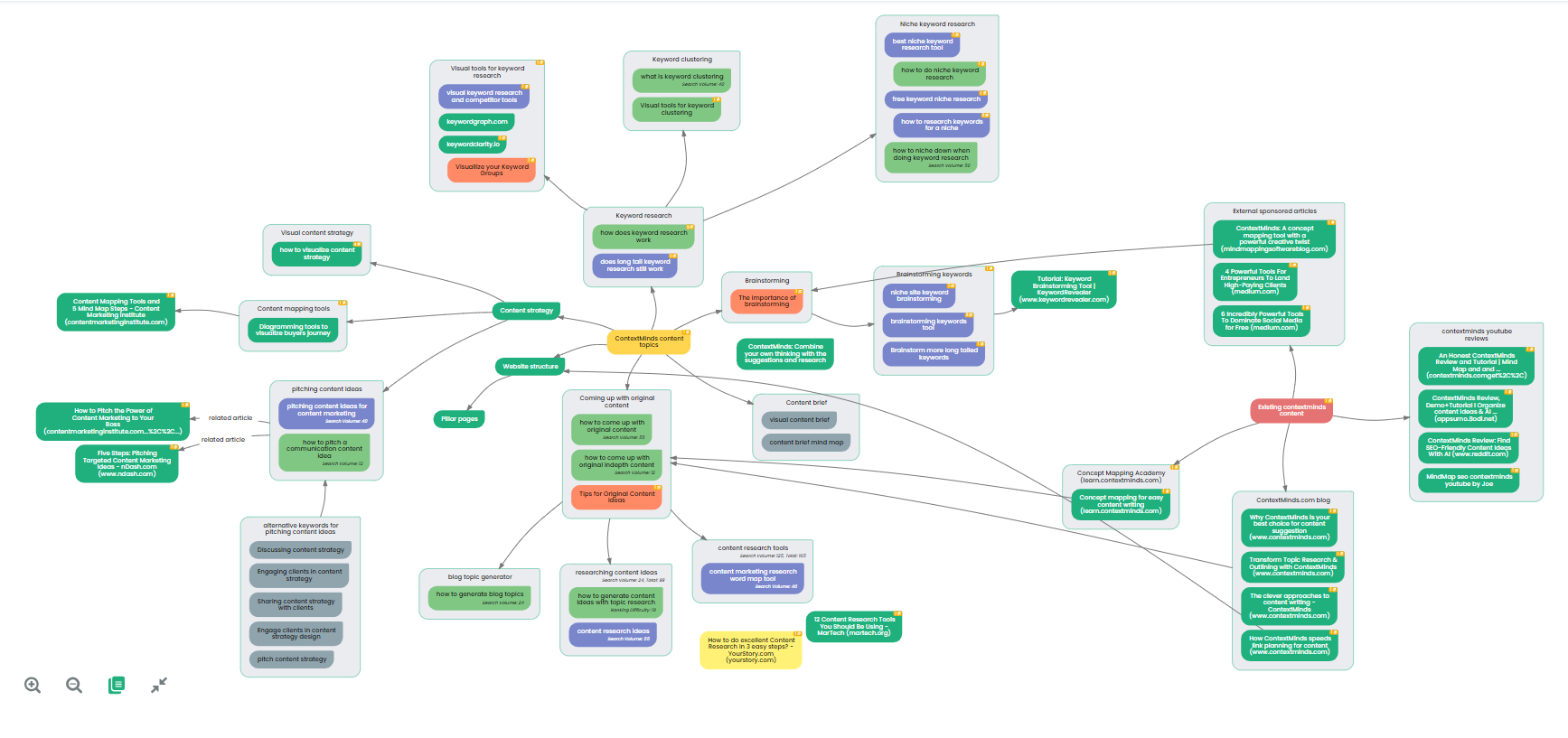
Now, let's shift our focus to best practices. The world of content is dynamic, constantly evolving with industry trends and consumer preferences. To stay ahead:
1. Stay Updated with Industry Trends:
The digital content space is ever-evolving. Ensuring you're abreast of the latest trends keeps your content fresh and relevant.
2. Review and Refine Regularly:
A set-it-and-forget-it approach won't cut it. Your content map should be dynamic, adapting to feedback and changing business goals.
3. Champion Team Collaboration:
Content mapping is a team sport. Encouraging open communication and brainstorming sessions ensures varied perspectives and richer content strategies.
4. Adaptability is Key:
Your content should be versatile in a multi-device, multi-platform world. Whether a user encounters your content on a smartphone, tablet, or desktop, the experience should be consistent and engaging.
Conclusion
Content mapping isn't just a buzzword – it's the key to ensuring your content hits the mark every time. Think of it as a roadmap that guides you what to say and when. Done right, it can make a difference in how your audience connects with what you're sharing.
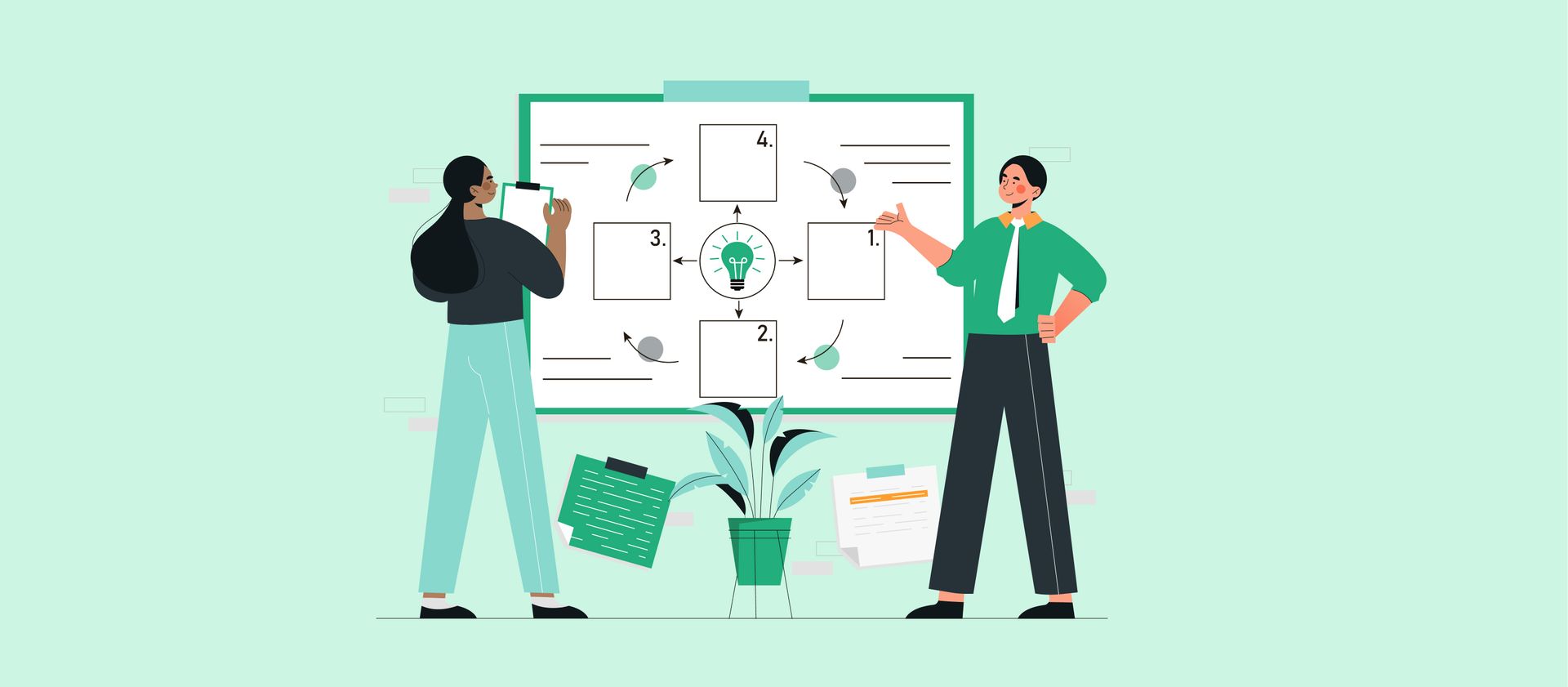
Useful links
Contact info
+420 607 881 942
info@contextminds.com
ContextMinds s.r.o
Blanická 922/25, Prague, Czechia
All Rights Reserved | EMC Engineering, s.r.o.
